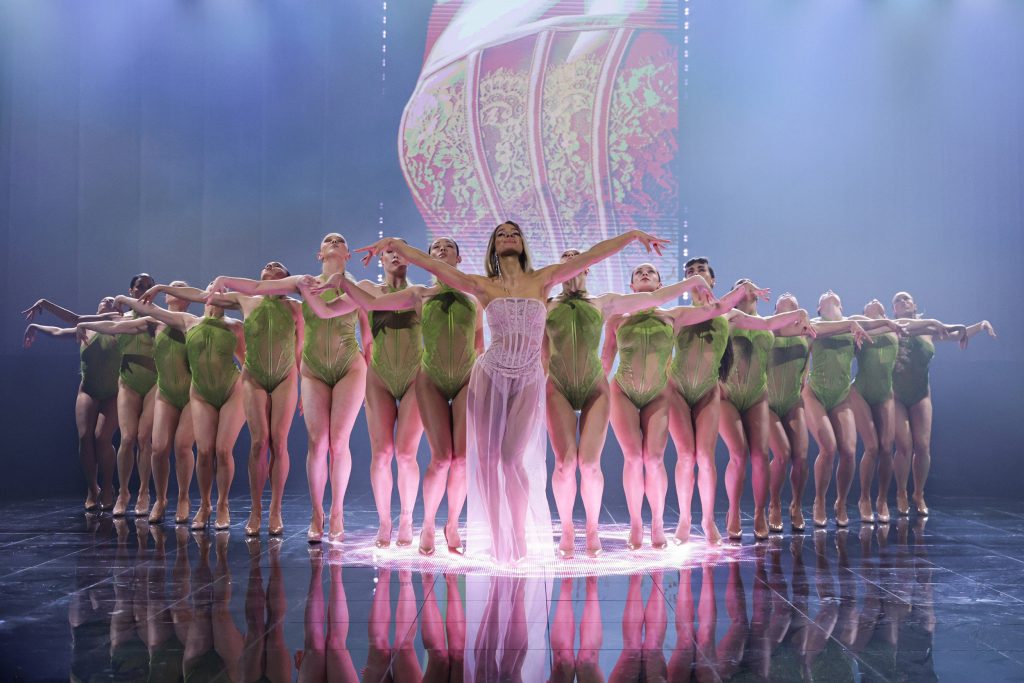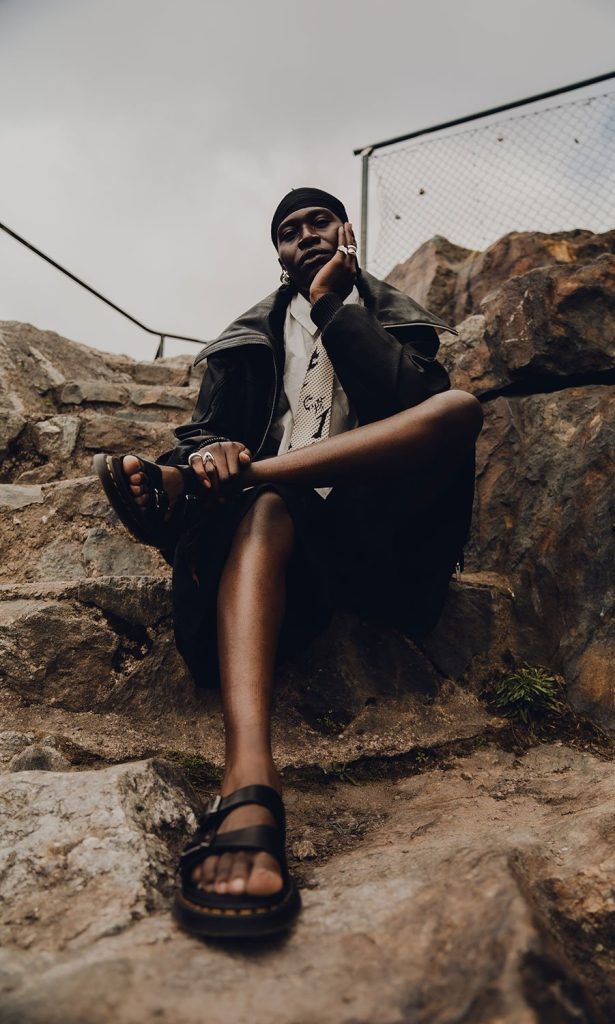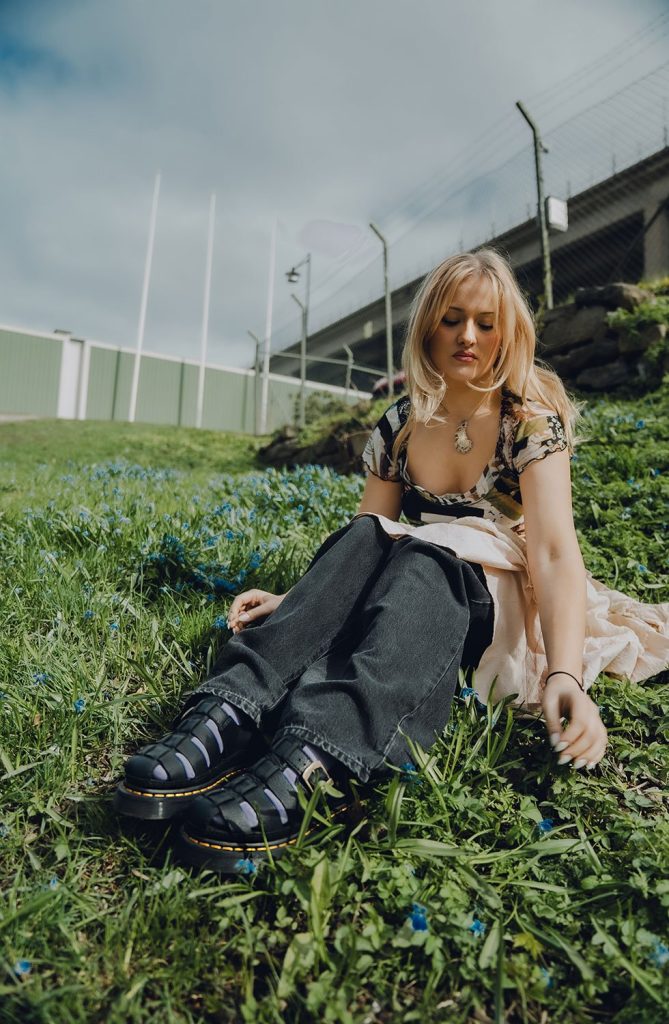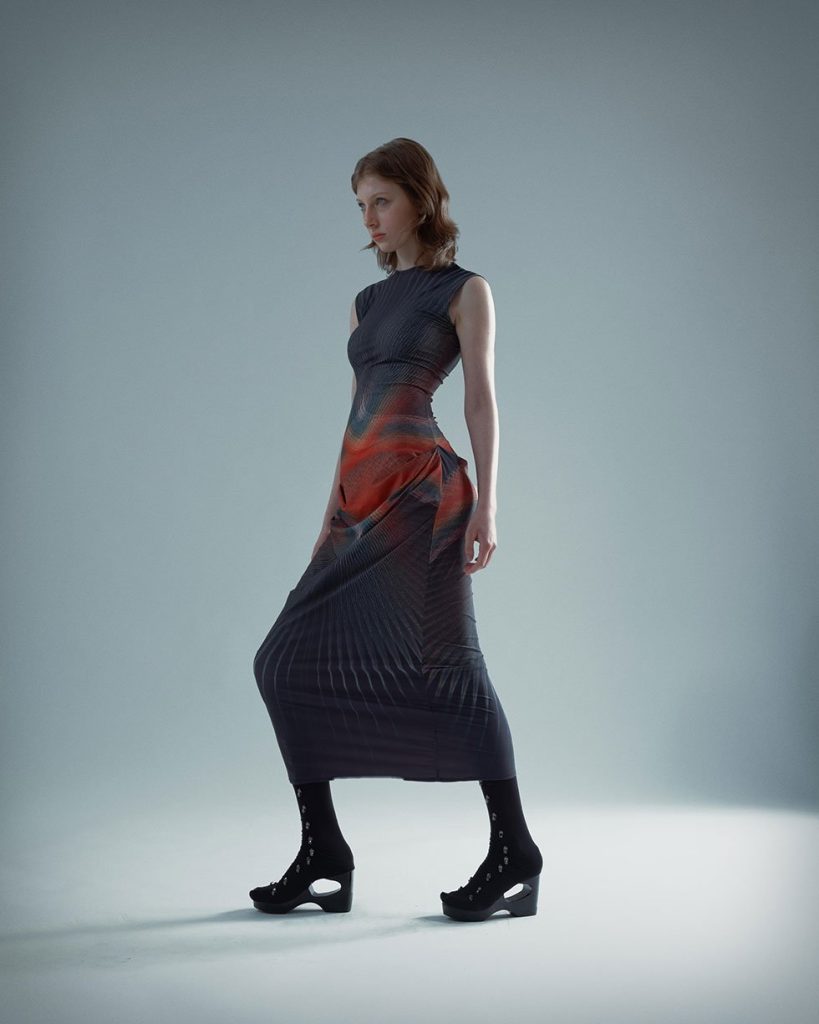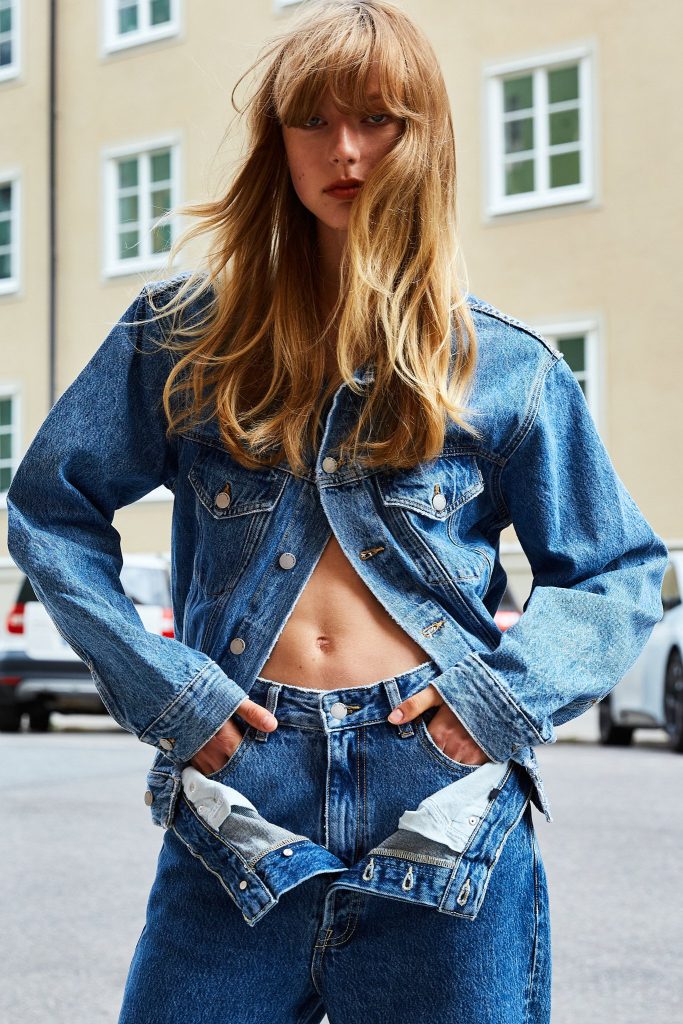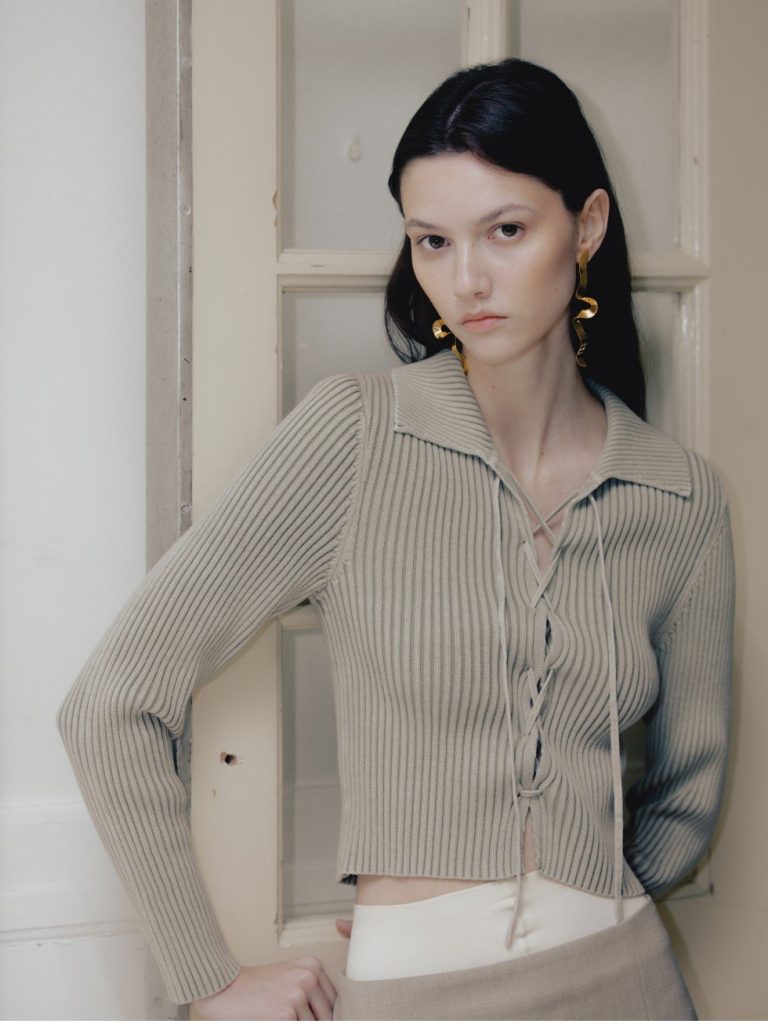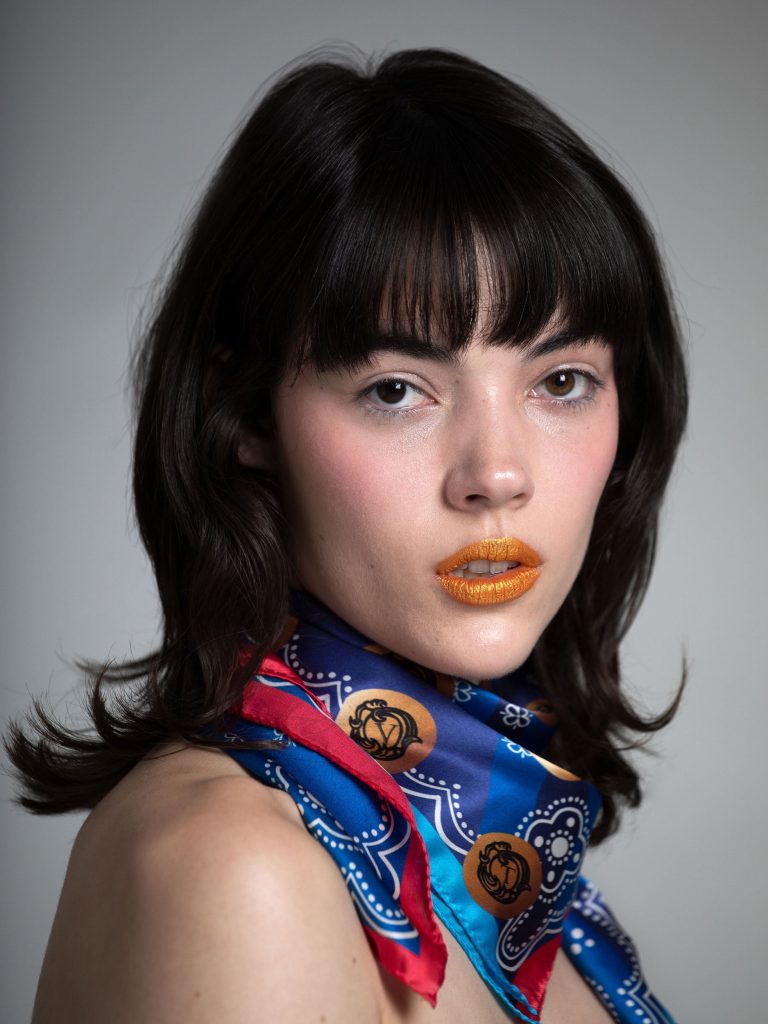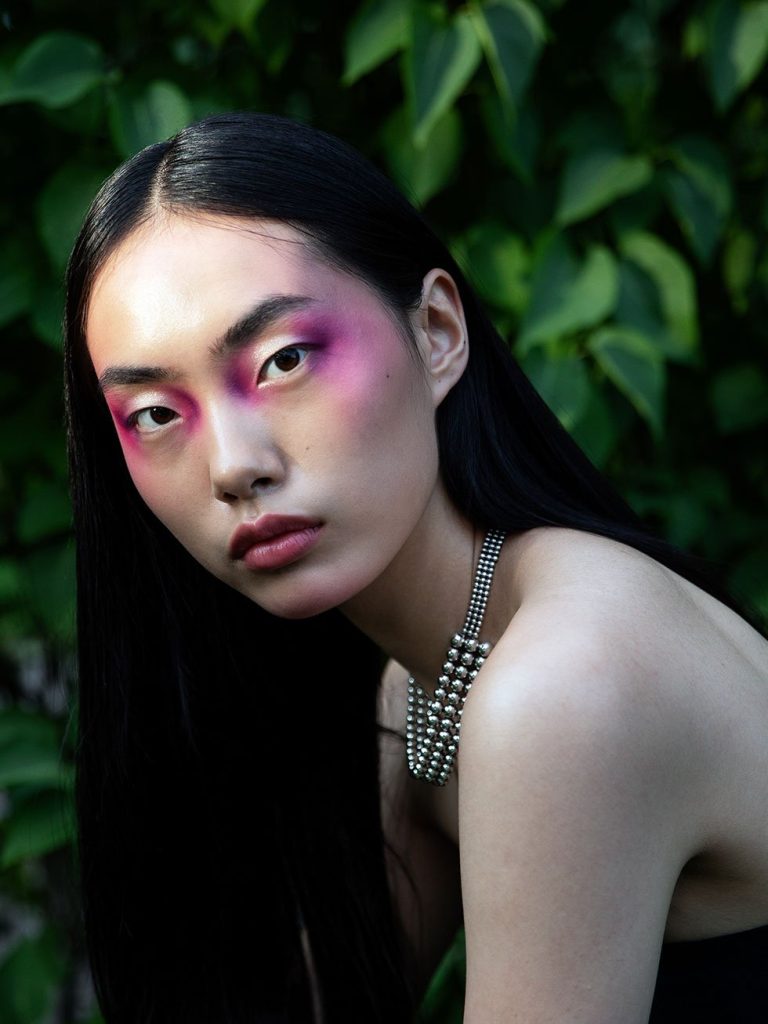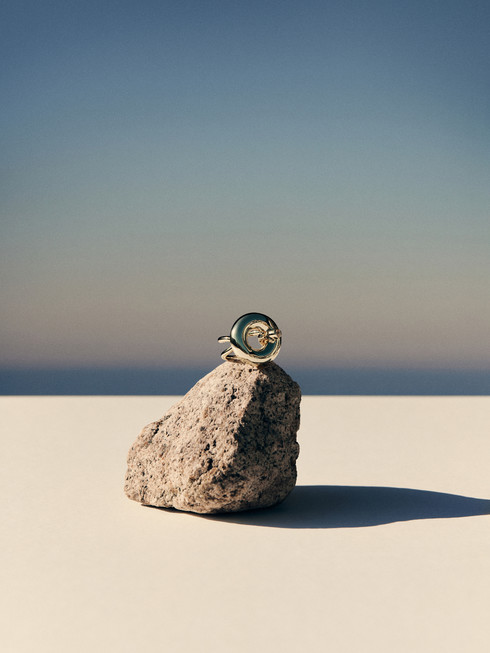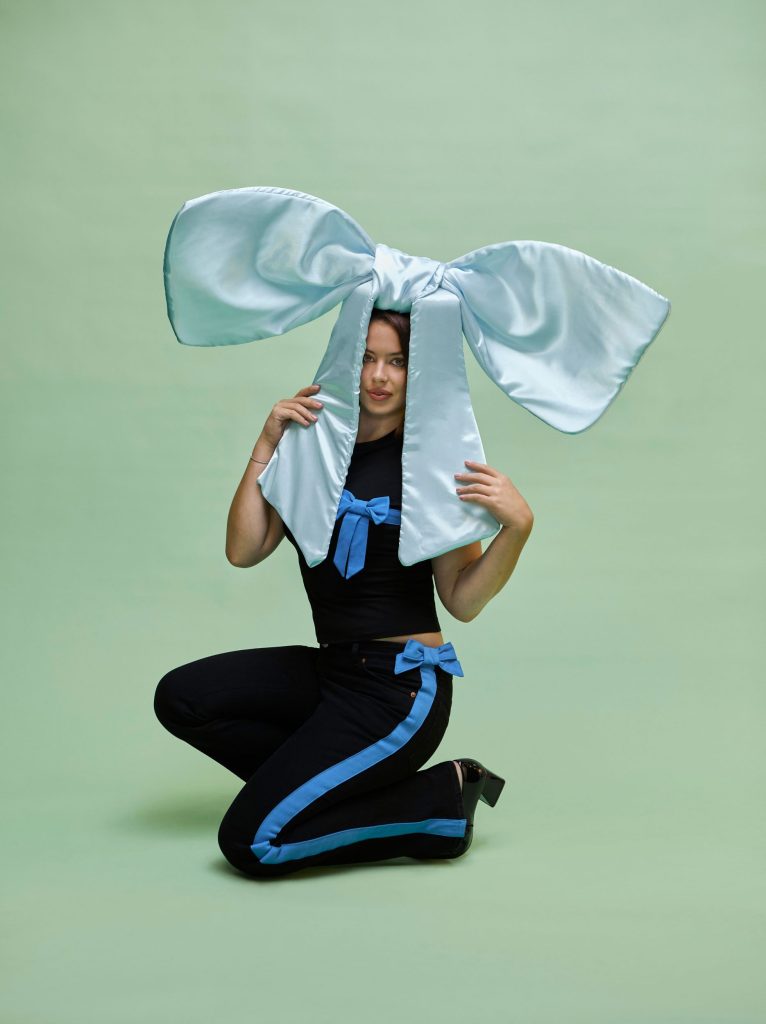Evolving World of Fashion, An Interview with Patricia Beurskens – Director of Design at Hunkemöller
Evolving World of Fashion, An Interview with Patricia Beurskens – Director of Design at Hunkemöller text Sandra Myhrberg In the ever-evolving world of fashion, where trends come and go with the wind, the essence of true craftsmanship and a deep-seated passion for one’s work distinguishes the extraordinary from the merely good. Patricia Beurskens, Hunkemöller’s Director of Design, embodies this exceptional blend of dedication, talent, and vision. With a career spanning 15 years at the helm of the design team of this renowned lingerie brand, Beurskens has not only witnessed but also shaped the brand’s evolution, infusing each piece with the brand’s signature blend of femininity, confidence, and empowerment. In an industry that constantly seeks the new, her journey reflects a rare constancy and a love affair with lingerie design that began almost by serendipity and blossomed into a lifelong passion. Her approach, balancing creative experimentation with a critical eye ensures the brand’s identity remains intact, irrespective of the fleeting trends. As the fashion landscape navigates the complexities of inclusion and sustainability, Beurskens’s strategic, heartfelt efforts in these areas underscore her belief in designing “for someone, not for everyone,” a philosophy that has kept Hunkemöller at the forefront of lingerie design. This exploration of Patricia Beurskens’s journey and vision offers an inspiring glimpse into the mind of a designer for whom lingerie is not just apparel but a canvas for empowerment and artistry. Sandra Myhrberg: How did your journey as a designer lead you to specialise in lingerie? Patricia Beurskens: I’ve always been creative and I liked drawing. As a little girl, I always said, “When I’m older, I want to do something with fabric and drawing.” At that time, I didn’t realise that being a designer was an option. When I found out that it was possible, I was determined to become one. So, I enrolled in Art Academy, and getting there made me happy. After two years, I found myself in a small lingerie boutique, and it suddenly struck me: “You can design lingerie too.” I had never considered it before, but from that moment on, it became my aspiration. I can still remember that moment in my heart. I was around 18-19 years old at the time, and although I was content with what I was doing, I had never felt such inspiration before. I distinctly remember it was August 2002 when everything clicked. It made sense for me to work with lingerie because I had always been drawing a lot of women’s bodies, particularly naked women’s bodies, so I was already familiar with the female form. SM: What aspects of lingerie design do you find most exciting compared to other areas of fashion design? PB: For me, the excitement lies in the combination of fabric and body shapes. Exploring the delicate designs and beautiful laces, and how they interact with the wearer’s body is endlessly fascinating. That is where we can develop them. But also, embroideries—they are so delicate, so refined, and feminine. And because it’s so sheer, it’s how it’s playing with the body, and that’s really what inspires me. Then, thinking about a woman’s body inspires me as well. “How does that play?” Because designing lingerie is also very complicated, as it has a function. There are different shapes, but how can you play with it and how can you reinvent it? That’s why the material is such a big part of what a design looks like, playing around the body and what I want to achieve. Like a pusher does something different, and now also with a lot of unpadded styles, which you see a lot nowadays. Then it’s very beautiful to think about the sheerness of material and what you see and how you play with that and that combination. Comfort is also very important, but colour is also a massive part that brings inspiration as well. SM: Do you feel like you’re using different colours now from when you started? Do you follow the trends with the colours? PB: I always like to say that we do look for what is in focus at that time. I have a colour specialist, and we really examine what we are doing. I can see that there is a massive change in lingerie. We use WGSN, a forecasting website, so at the same time, we keep an eye on the catwalks, on what’s happening right now. And from my experience over the past 15 years, I’ve noticed that colour doesn’t always change super fast; there is a slow change. Then there’s the direction when it’s about yellows. It can span from lime yellows to softer yellows. And it’s always combined with what’s going on in the world. When sustainability becomes a concern, that influences our colour palette. We try to tone it down, but at the same time, why is lavender such a big thing? Because it’s a digital colour that works very strongly. What you see now is a lot of neutral tones but with a pop of colour. But where does that come from? It’s also from a digital point of view because when everything is too muted, it can be distracting. SM: I saw that you had the shapewear in different skin tones. How long have you had that? Is it a new thing? PB: A few years ago, we already tried to have bras in a lot of different skin tones. But then, you know, that is also exploration, like diversity and inclusivity which is something that is going on in the market, which is super important. But there is also always a kind of exploring to find the best way to not right away put it in store. But to elevate and find an inclusive product. SM: Could you elaborate on the process of maintaining Hunkemöller’s feminine and confident brand identity in your designs? PB: Yeah, it has always been a big topic, especially with our lingerie. It’s quite difficult because everybody needs something different. It’s important for us

